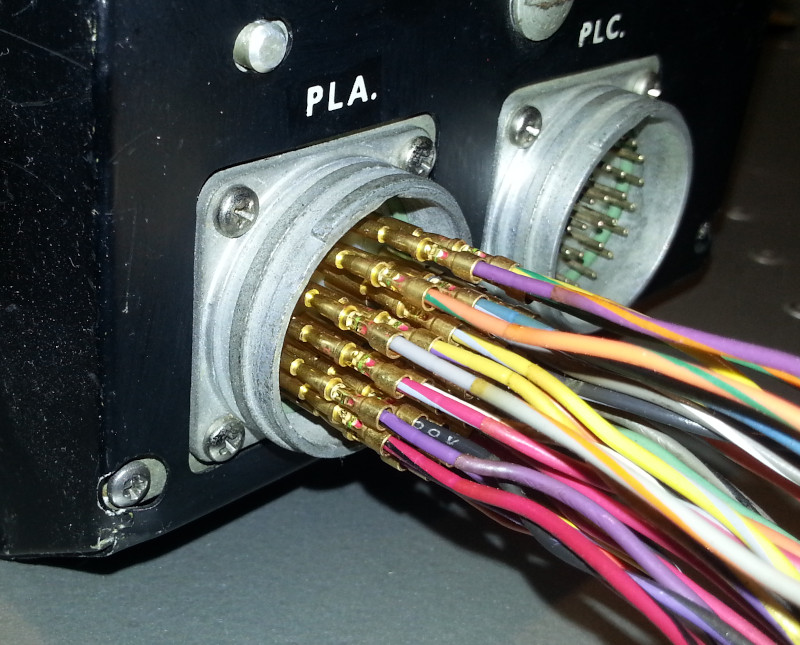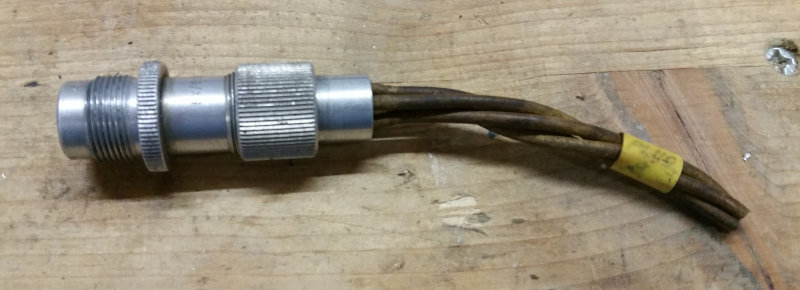
In order to connect to real control units and indicators without modifying the original equipment (see preservation), the correct connectors are required. Various types of connectors are used on this equipment:
Plessey Breeze, "Standard Plugs & Sockets"
104 Pattern, Plessey Mk. 4, "Miniature Plugs & Sockets"
Locating the right connector is not easy due to rarity, but also that there are number of different principal types, of which, there are many variations such as body size, number of contacts, contact layout, keyway orientation, etc... Even when presented with a selection of connectors, finding the exact one can be like finding a needle in a haystack.
As this is a vintage technology project, the correct connectors are not always available - so alternative approaches sometimes have to be thought of.
Some connectors contacts use solder buckets, so are easy to re-use, however when the contacts have been crimped, and you can't source unused replacement contacts, it's a different story. Here's an example with a Plessey Breeze connector.
This is definately a "NOT FOR FLIGHT" method, but an improvised method fine for a ground based simulator or test rig.


To re-use a crimped contact, I have been dismantling the connector, and snipping off the wire right up to the contact entry point, then carefully drilling out the wire from the crimp. Great care needs to be taken as it's a delicate operation.
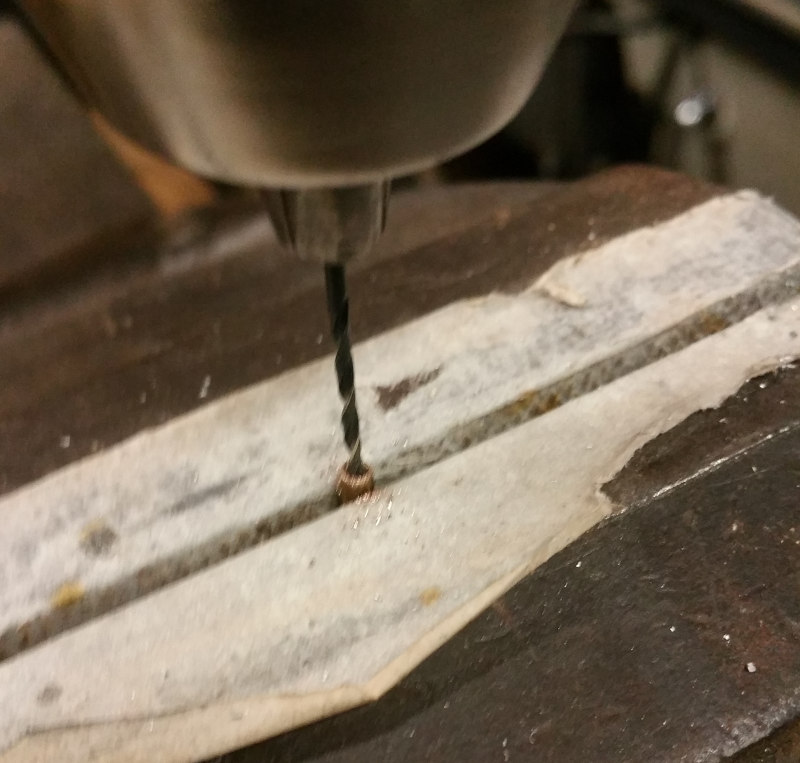
Drilling out the wire will also remove some of the contact material from where it was crimped inward, but leaves you with a useful hole for new wire which can be soldered in place. Soldering not only results in a sound connection, but also gives you a connector you can re-purpose for something else in the future by re-soldering.
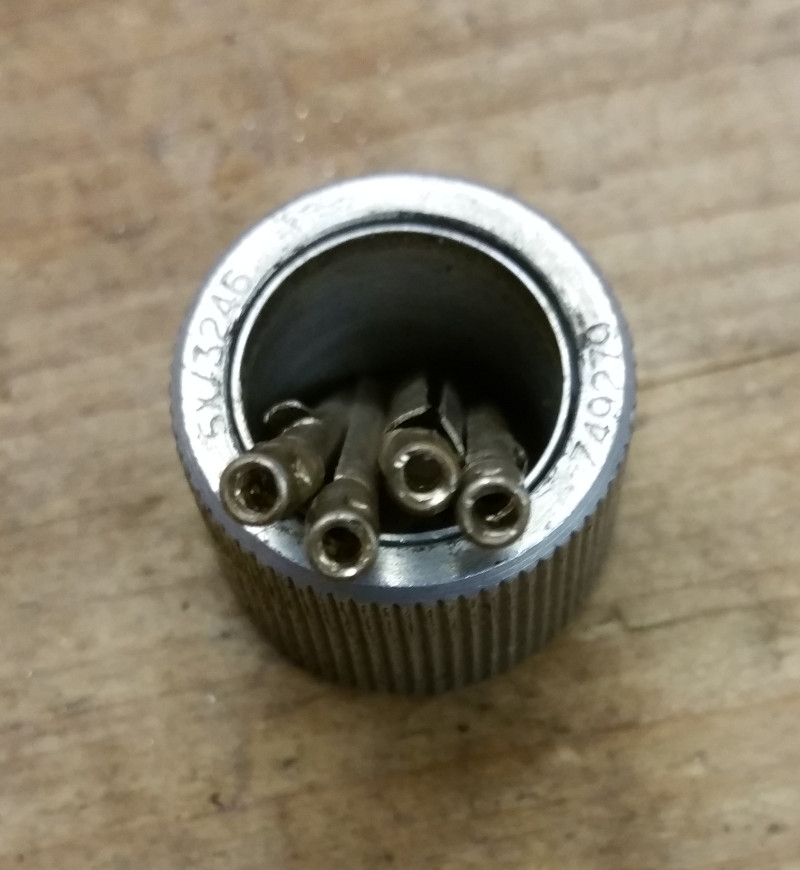
When the correct connector is unavailble, a bit more creativity is required.
For the C1607/4 radio control unit I have one correct connector, but it's part of a cable of my radio test rquipment, so I'm not going to cut it up.
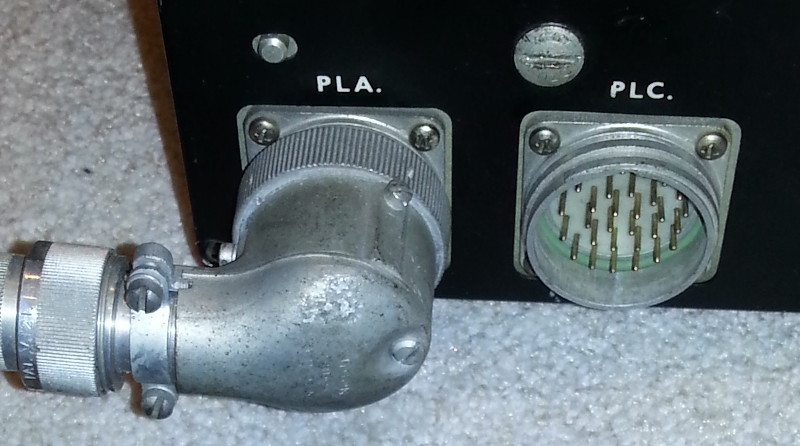
Finding a spare Cannon KO3-21-30-SN connector was a bit impossible, so I set about thinking of an alternative method. I found a more modern Cannon connector where the contacts were the correct size, so removed them.
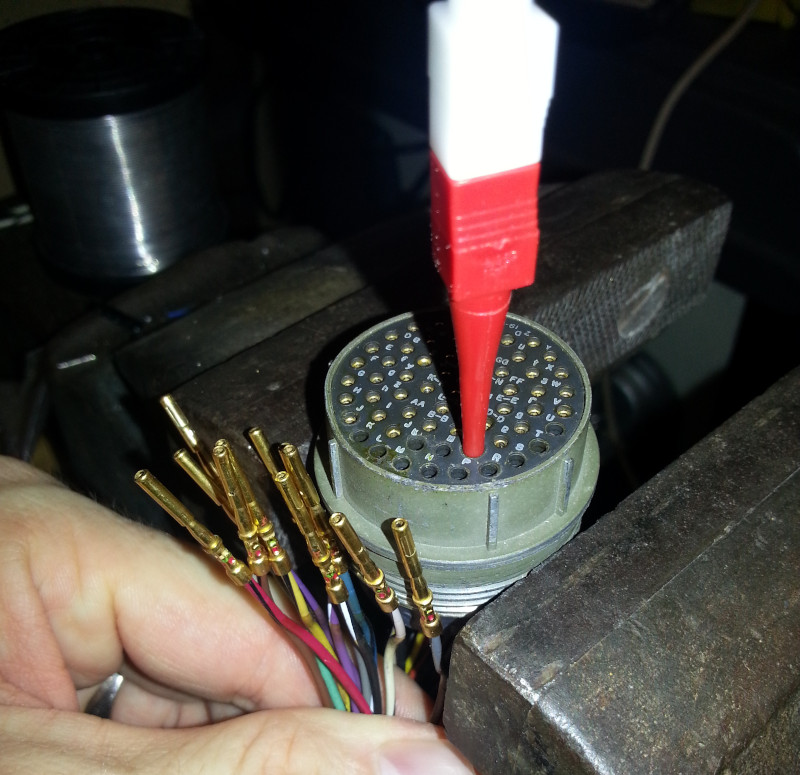
I now am planning on making a plastic insert to mount the contacts in to make a push-in connector, hoping that friction holds it in place, the test below was just trying them out for size.
